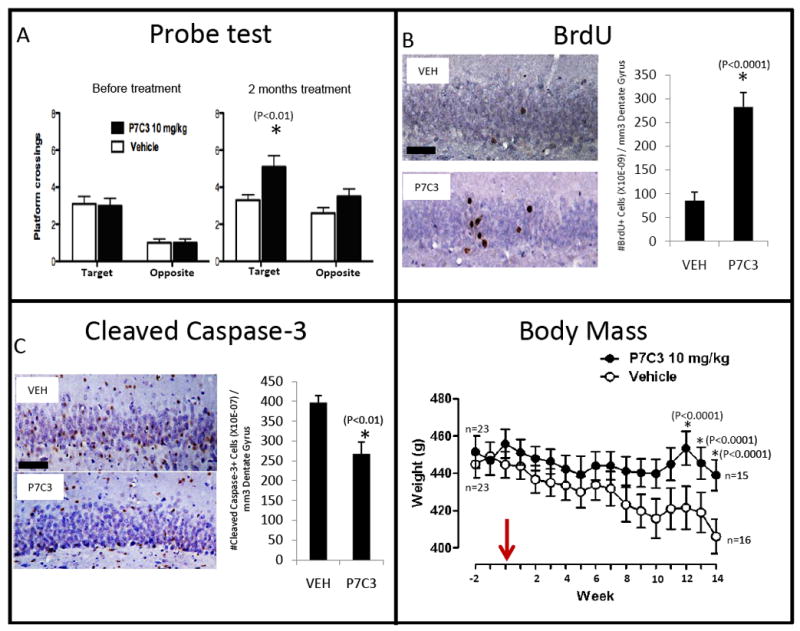Figure 8. P7C3 enhances hippocampal neurogenesis, ameliorates cognitive decline, and prevents weight loss in terminally aged rats. (See also Figure S5.).

(A) Prior to treatment, both groups (n=23 for each group) showed similar frequency of crossings through the goal platform. After 2 months of treatment, however, P7C3-treated rats displayed a statistically significant increase of crossings through the goal platform area relative to vehicle-treated rats. (B) P7C3-treated rats displayed significantly enhanced hippocampal neurogenesis, as assessed by BrdU incorporation, relative to vehicle-treated rats. Many more of the BrdU-labeled cells were noted to have migrated into the granular layer in P7C3-treated rats in comparison to vehicle-treated animals, consistent with their functional incorporation into the dentate gyrus as properly wired neurons. (C) Relative to vehicle-treated animals, P7C3-treated rats displayed a significantly lower number of cleaved caspase 3-positive cells in the dentate gyrus, indicating that P7C3 was capable of inhibiting apoptosis in the aged rat brain. Data are expressed as mean +/- SEM. (D) Relative to vehicle-treated animals, P7C3-treated rats were observed to maintain stable body weight as a function of terminal aging. In all graphs data are expressed as mean +/- SEM.
